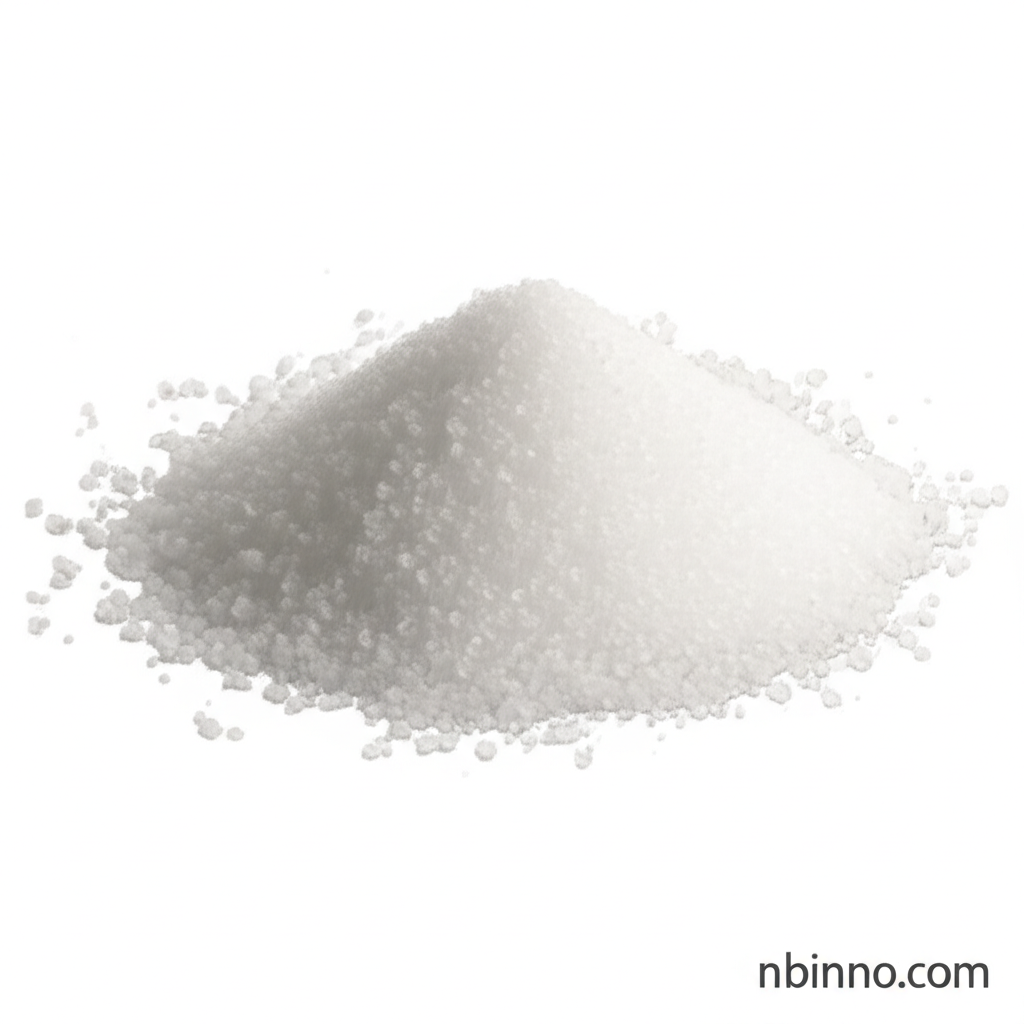Discover the Potential of Quarterphenyl Tetracarboxylic Acid for Advanced Materials
Unlock next-generation porous materials with our high-purity organic building blocks.
Get a Quote & SampleProduct Core Value

1,1':4',1'':4'',1'''-Quaterphenyl-3,3''',5,5'''-tetracarboxylic Acid
This meticulously synthesized organic compound serves as a cornerstone for creating advanced porous materials like Metal-Organic Frameworks (MOFs) and Covalent Organic Frameworks (COFs). Its inherent rigidity and specific functionalization allow for precise control over the architecture and pore characteristics of these emerging materials, paving the way for innovations in diverse scientific and industrial sectors.
- As a key component in MOF and COF synthesis materials, its rigid linear structure is crucial for building robust frameworks.
- Leverage this high purity organic building block for porous materials to ensure predictable and reproducible research outcomes.
- Explore the benefits of using a quarterphenyl tetracarboxylic acid for COFs in advanced gas adsorption applications.
- Utilize CAS 921619-91-2 in material science research for developing next-generation materials with tailored properties.
Key Advantages
Precision Framework Design
The predictable and rigid structure of this quarterphenyl tetracarboxylic acid for MOFs facilitates the rational design and construction of porous networks with well-defined pore sizes and geometries.
Enhanced Material Performance
Achieve superior performance in applications like drug delivery and gas storage by employing high purity organic building blocks for porous materials that offer consistent chemical integrity.
Versatile Chemical Reactivity
This material science building block, identified by CAS 921619-91-2, offers excellent reactivity, enabling its integration into a wide array of complex material synthesis protocols.
Key Applications
MOF and COF Synthesis
This compound is an indispensable linker for constructing advanced MOFs and COFs, enabling precise control over pore structure and functionality.
Drug Delivery Systems
Its porous structure makes it ideal for encapsulating and releasing therapeutic agents in controlled drug delivery applications, utilizing its quarterphenyl tetracarboxylic acid for COFs properties.
Gas Storage and Separation
The specific pore characteristics, achievable with this organic building block for porous materials, are beneficial for efficient gas adsorption and separation technologies.
Advanced Sensing Technologies
Researchers can leverage the unique properties of CAS 921619-91-2 in developing novel sensors, such as those for temperature-dependent luminescence.
